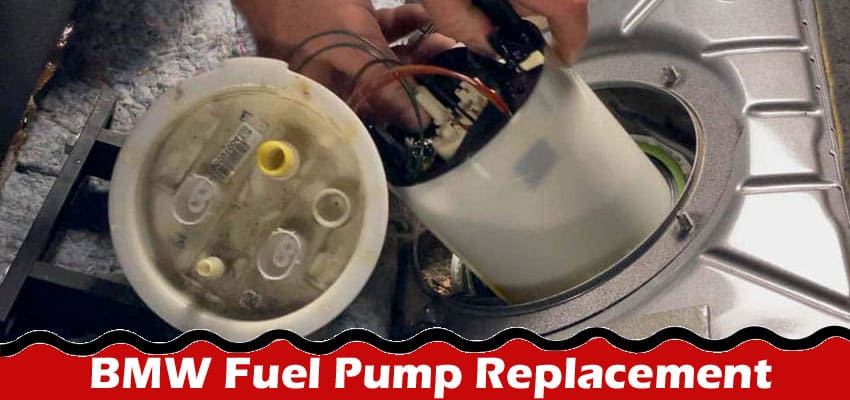Narrowing down your vehicle’s performance problem to the fuel pump is easy enough with diagnostic codes, but figuring out whether you need a filter or a BMW fuel pump replacement means testing the pump for power, checking the fuse, and being sure you have no filter clogs. Often, a new fuse or filter will do the trick, but sometimes you just need to order a new pump.
Identifying the Correct Replacement Fuel Pump
Fuel pumps can be difficult to replace if you have made heavy modifications to a vehicle, but understanding the flow rate you need and the fuel pressure your vehicle was built to use gives you the tools to calculate it. For a simpler fit, especially on unmodified vehicles, you can use your VIN to figure out your exact vehicle specifications, then order an OEM replacement.
Using your VIN or other data about your make, model, and mechanical specifics means being able to cross-reference the original design’s OEM part to either order an exact replacement or another brand that is built to provide the same performance. A new BMW 335i fuel pump for one year and option package might not fit another, so it’s always a good idea to go into the search with all the details about your vehicle, and the easiest way to do that is simply entering your VIN into a lookup tool.
Installing the New Fuel Pump
Unlike many other automakers, BMW has often designed access panels that allow you to change a fuel pump without having to remove the gas tank. Over the years, various models have used an access panel under or behind a rear passenger seat to allow you to access the pump for diagnostic testing and repair. If your vehicle does not have this feature, then an in-tank pump replacement follows the general steps for most vehicles.
If your vehicle does have this feature, the access point is usually under the right-side rear seat. it is an in-tank submersible pump, so you will want to drain or siphon the fuel out as much as possible to make access easy. You will also need to remove the negative battery connector to cut all power to the vehicle’s systems while you work.
If the tank is properly drained, the removal and replacement can be done in under an hour with just a wrench set and screwdriver. Once everything is closed up, you can refill the tank and test it out. That makes the operation much simpler than on most vehicles.
Explore More DIY BMW Maintenance
Doing your own replacement and repair work can save you a lot of money, and the best part is that you get to pick which jobs are big enough to send out to the garage at every stage of your journey. Pace yourself, but don’t be afraid to rise to a challenge. Often something like a fuel pump replacement is as easy to look up as how much oil to put in car models made before 2000. After that, it’s just a matter of carefully following the directions while keeping yourself safe.

